L-Hydroxyproline

L-Hydroxyproline structure
|
Common Name | L-Hydroxyproline | ||
|---|---|---|---|---|
| CAS Number | 51-35-4 | Molecular Weight | 131.130 | |
| Density | 1.4±0.1 g/cm3 | Boiling Point | 355.2±42.0 °C at 760 mmHg | |
| Molecular Formula | C5H9NO3 | Melting Point | 273 °C (dec.)(lit.) | |
| MSDS | Chinese USA | Flash Point | 168.6±27.9 °C | |
Use of L-HydroxyprolineL-Hydroxyproline, one of the hydroxyproline (Hyp) isomers, is a useful chiral building block in the production of many pharmaceuticals. |
| Name | 4-hydroxy-L-proline |
|---|---|
| Synonym | More Synonyms |
| Description | L-Hydroxyproline, one of the hydroxyproline (Hyp) isomers, is a useful chiral building block in the production of many pharmaceuticals. |
|---|---|
| Related Catalog | |
| Target |
Human Endogenous Metabolite |
| In Vitro | L-Hydroxyproline (Trans-4-hydroxy-L-proline;Trans-Hyp) has been widely used in medicine, biochemistry, food, cosmetic and other aspects of industry. Additionally, L-Hydroxyproline has also been found in the composition of some secondary metabolites such as actinomycins and echinocandins. L-Hydroxyproline is manufactured industrially most by acid hydrolysis of mammalian collagen because of its rich amount in the collagen[1]. |
| References |
| Density | 1.4±0.1 g/cm3 |
|---|---|
| Boiling Point | 355.2±42.0 °C at 760 mmHg |
| Melting Point | 273 °C (dec.)(lit.) |
| Molecular Formula | C5H9NO3 |
| Molecular Weight | 131.130 |
| Flash Point | 168.6±27.9 °C |
| Exact Mass | 131.058243 |
| PSA | 69.56000 |
| LogP | -1.84 |
| Vapour Pressure | 0.0±1.8 mmHg at 25°C |
| Index of Refraction | 1.540 |
| Water Solubility | 357.8 g/L (20 º C) |
CHEMICAL IDENTIFICATION
HEALTH HAZARD DATAACUTE TOXICITY DATAMUTATION DATA
|
| Precursor 9 | |
|---|---|
| DownStream 10 | |
| HS Code | 2933990090 |
|---|---|
| Summary | 2933990090. heterocyclic compounds with nitrogen hetero-atom(s) only. VAT:17.0%. Tax rebate rate:13.0%. . MFN tariff:6.5%. General tariff:20.0% |
|
Ameliorative effect of mepenzolate bromide against pulmonary fibrosis.
J. Pharmacol. Exp. Ther. 350(1) , 79-88, (2014) Idiopathic pulmonary fibrosis is thought to involve lung injury caused by reactive oxygen species (ROS), which in turn is followed by abnormal fibrosis. A transforming growth factor (TGF)-β1-induced i... |
|
|
[Effect of cordyceps polysaccharide on lipid peroxidation of rats with dimethylnitrosamine-induced liver fibrosis].
Zhongguo Zhong Yao Za Zhi 38(3) , 391-6, (2013) To observe the pharmacological effect of Cordyceps polysaccharide on dimethylnitrosamine (DMN)-induced liver fibrosis in rats.DMN rat liver fibrosis model was established and divided into the normal g... |
|
|
Use of Commercial Dry Yeast Products Rich in Mannoproteins for White and Rosé Sparkling Wine Elaboration.
J. Agric. Food Chem. 63 , 5670-81, (2015) In sparkling wines, mannoproteins released during yeast autolysis largely affect their final quality. This process is very slow and may take several months. The aim of this work was to study the effec... |
| 4-Hydroxyproline |
| (2S,4R)-4-hydroxypyrrolidinium-2-carboxylate |
| Hydroxyproline |
| MFCD00064320 |
| L-Hydroxyproline |
| trans-Lachnophyllol |
| trans-4-hydroxyproline |
| Proline, 4-hydroxy-, L- |
| trans-L-4-hydroxyproline |
| (2S,4R)-(-)-4-Hydroxypyrrolidine-2-carboxylic acid |
| Proline, 4-hydroxy- |
| trans-4-Hydroxy-L-proline |
| dec-2t-ene-4,6-diyn-1-ol |
| L-trans-4-hydroxyproline |
| (2S,4R)-4-Hydroxy-pyrrolidine-2-carboxylic acid |
| L-Proline, 4-hydroxy-, trans- (9CI) |
| L-Proline, 4-hydroxy-, (4R)- |
| Dec-2t-en-4,6-diin-1-ol |
| EINECS 200-091-9 |
| rans-4-Hydroxy-L-proline |
| (-)-(2S,4R)-4-HYDROXYPROLINE |
| (2S,4R)-4-hydroxyproline |
| (2S,4R)-4-Hydroxypyrrolidine-2-carboxylic acid |
| 4-Hydroxy-2-pyrrolidinecarboxylic acid |
| (trans)-4-Hydroxy-L-proline |
| (2S,4R)-trans-4-hydroxyproline |
| (4R)-4-Hydroxy-L-proline |
| L-Proline, 4-hydroxy-, trans- |
| (2S,4R)-4-Hydroxypyrrolidine-2-carboxylic acid,Hyp |
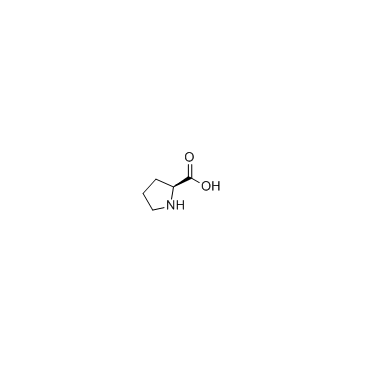 CAS#:147-85-3
CAS#:147-85-3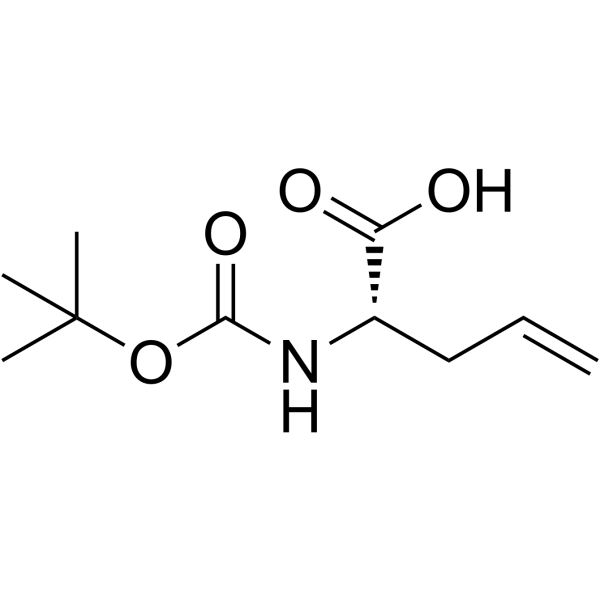 CAS#:90600-20-7
CAS#:90600-20-7 CAS#:104241-30-7
CAS#:104241-30-7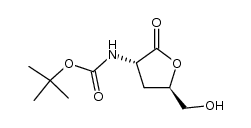 CAS#:104241-32-9
CAS#:104241-32-9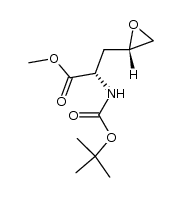 CAS#:104241-31-8
CAS#:104241-31-8![(2R,5S,7R)-2-(tert-butyl)-4-oxo-3-oxa-1-azabicyclo[3.3.0]oct-7-yl acetate Structure](https://image.chemsrc.com/caspic/396/97652-00-1.png) CAS#:97652-00-1
CAS#:97652-00-1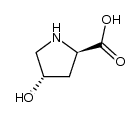 CAS#:618-28-0
CAS#:618-28-0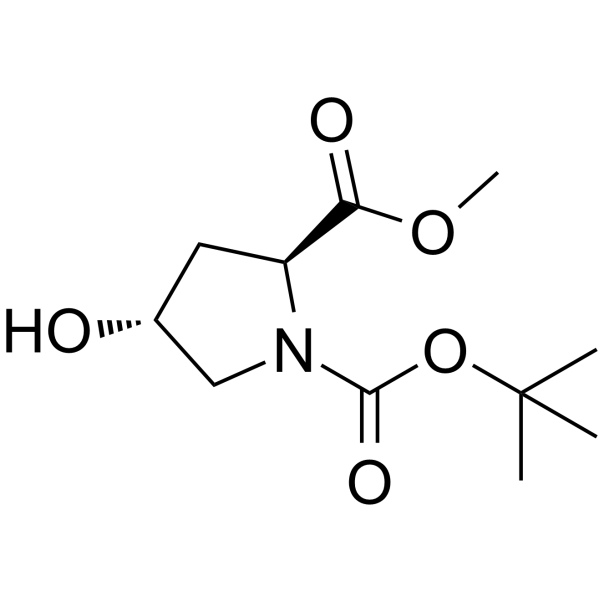 CAS#:74844-91-0
CAS#:74844-91-0 CAS#:232262-82-7
CAS#:232262-82-7![1-[(3-nitrophenyl)methyl]pyrrole structure](https://image.chemsrc.com/caspic/317/107484-30-0.png) CAS#:107484-30-0
CAS#:107484-30-0![1-[(4-nitrophenyl)methyl]pyrrole structure](https://image.chemsrc.com/caspic/279/107484-31-1.png) CAS#:107484-31-1
CAS#:107484-31-1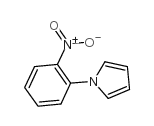 CAS#:33265-60-0
CAS#:33265-60-0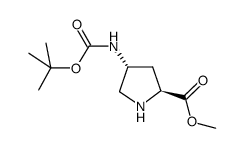 CAS#:473806-21-2
CAS#:473806-21-2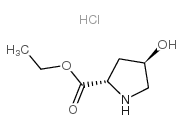 CAS#:33996-30-4
CAS#:33996-30-4 CAS#:4310-42-3
CAS#:4310-42-3 CAS#:364750-80-1
CAS#:364750-80-1 CAS#:194163-91-2
CAS#:194163-91-2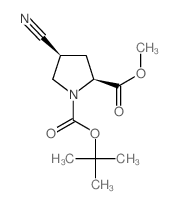 CAS#:487048-28-2
CAS#:487048-28-2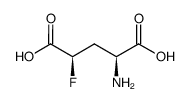 CAS#:32563-24-9
CAS#:32563-24-9
